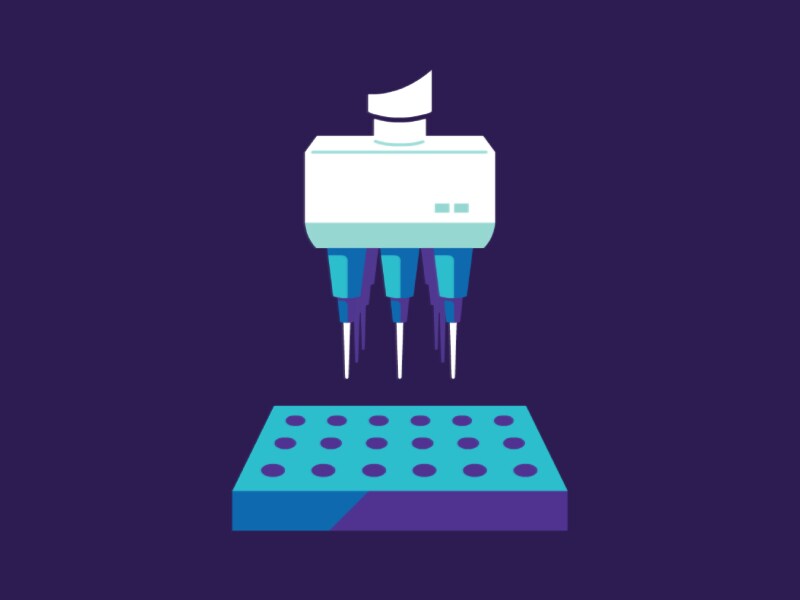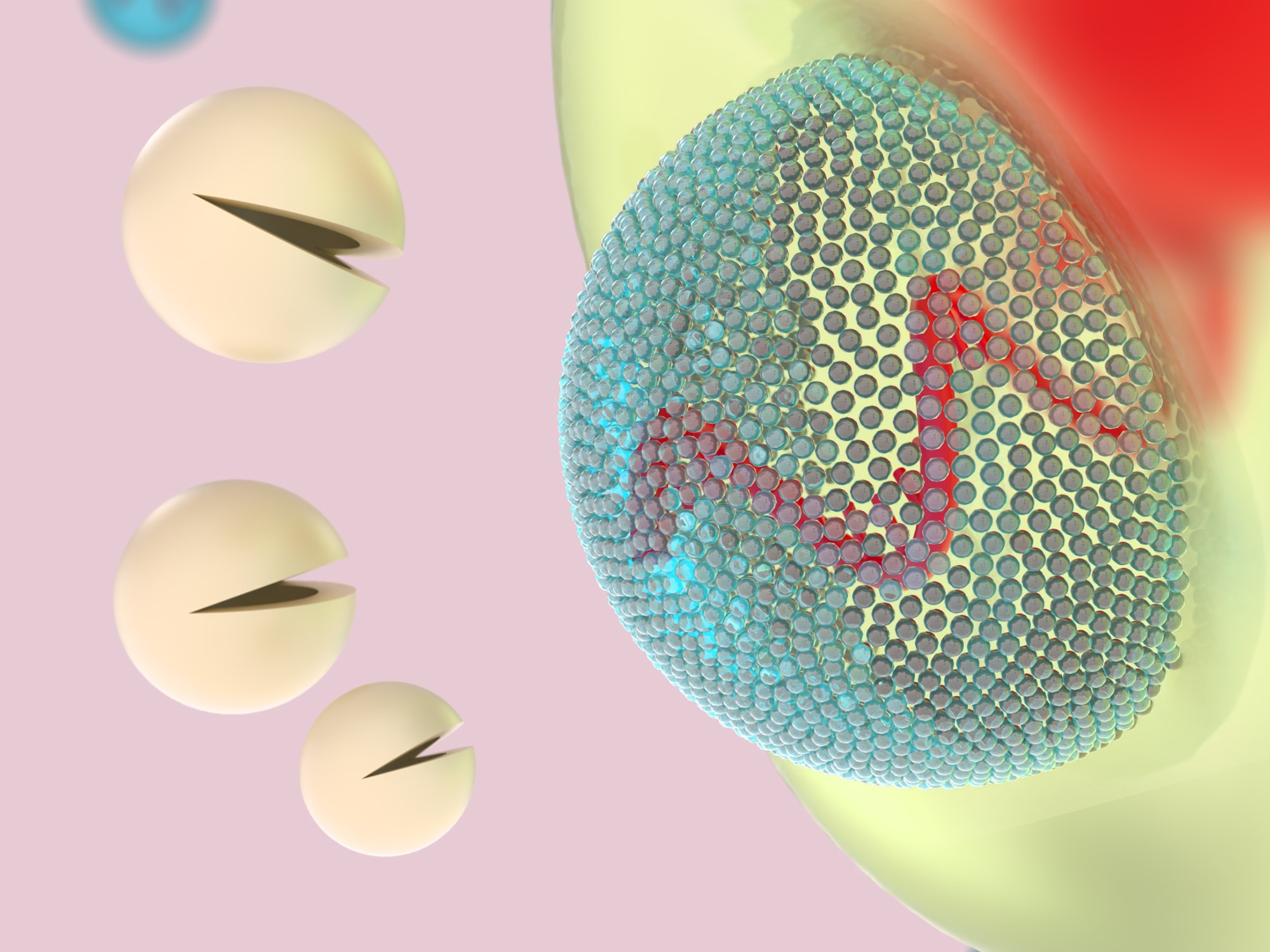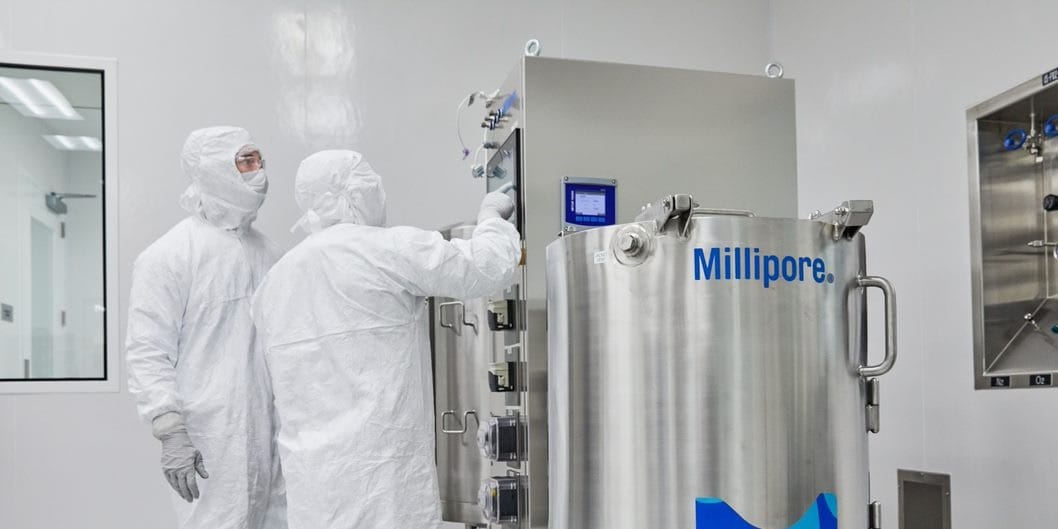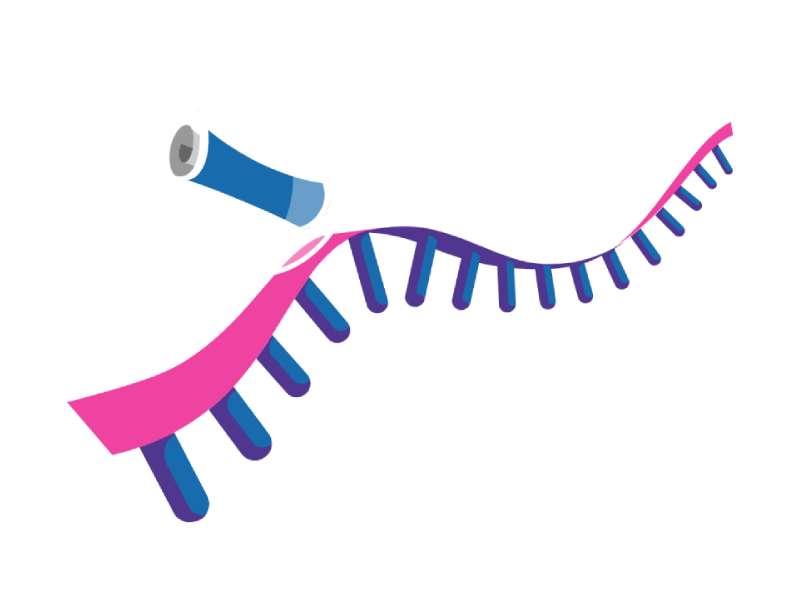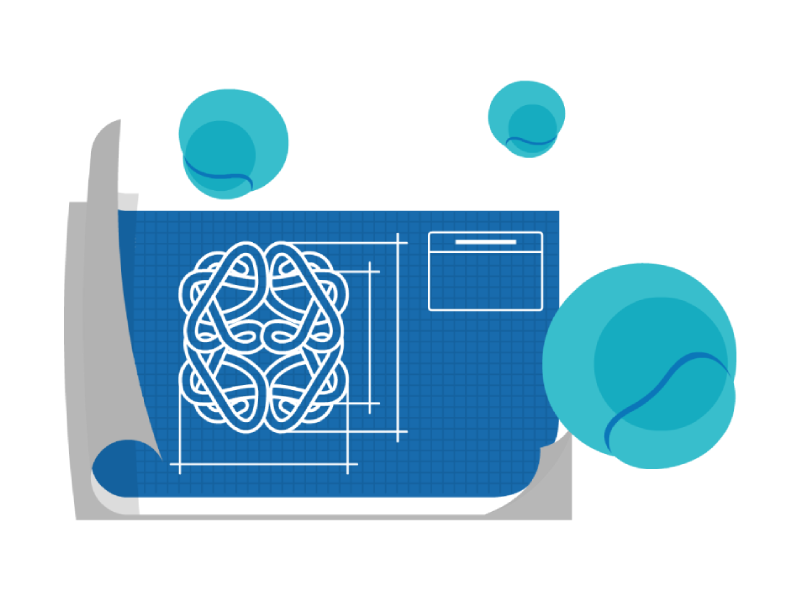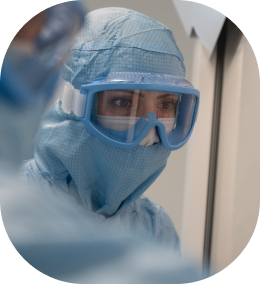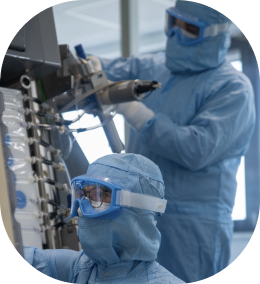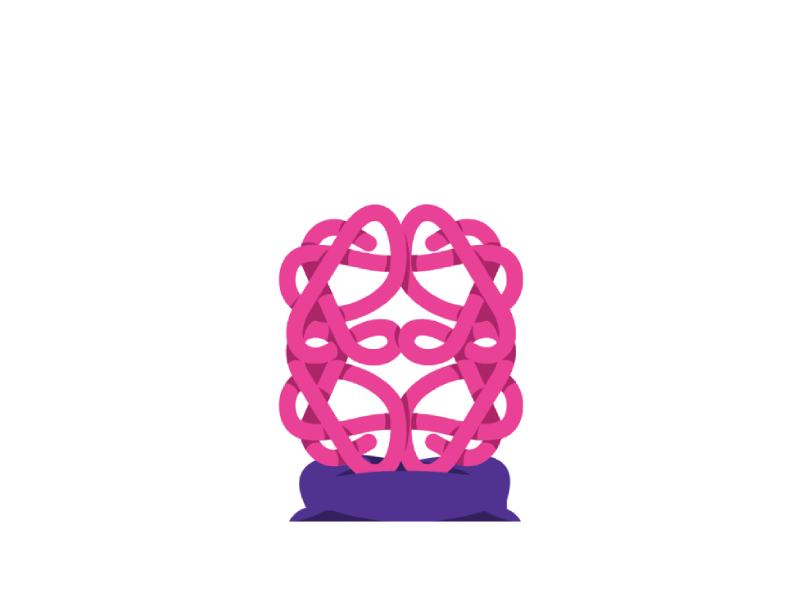Scientists have been learning the language that cell DNA uses to write my instructions since the 1970s—'the language of the cell' if you will. And throughout the years, they’ve used it to successfully create synthetic proteins for a range of treatments. Practice makes perfect, so it’s no surprise that the understanding of DNA and RNA has improved greatly in the last 50-odd years.
With this intimate knowledge of our language, humans are not just listening to our conversations—you’re actively sending messages. Humans have figured out how to create custom mRNA messages to guide cells in new ways. By the way, this is why mRNA vaccines were such a breakthrough during the COVID-19 pandemic.
We were able to give cells the right instructions, helping the body recognize and fight off the virus effectively. You see, COVID-19 vaccines work by instructing cells to produce a harmless piece of the spike protein found on the surface of the SARS-CoV-2 virus. This, in turn, prompts an appropriate immune response.
And this is just the beginning. Think about what we can do next—using mRNA as messengers to treat, or even cure, diseases that have affected people for generations. The ultimate goal is to create new and improved mRNA instructions for different treatments, giving your body the ability to produce medicines on its own. That’s what makes mRNA technology so impressive.
I’m excited and extremely proud to play my part. At times, it sounds like something out of a science fiction film. But thankfully, it’s become very much science non-fiction!
Curious about what else mRNA can do? A close colleague of mine—a human cell—can tell you more about how we’re helping unlock new potential in regenerative medicine, autoimmune diseases, metabolic disorders, and many other important fields.
